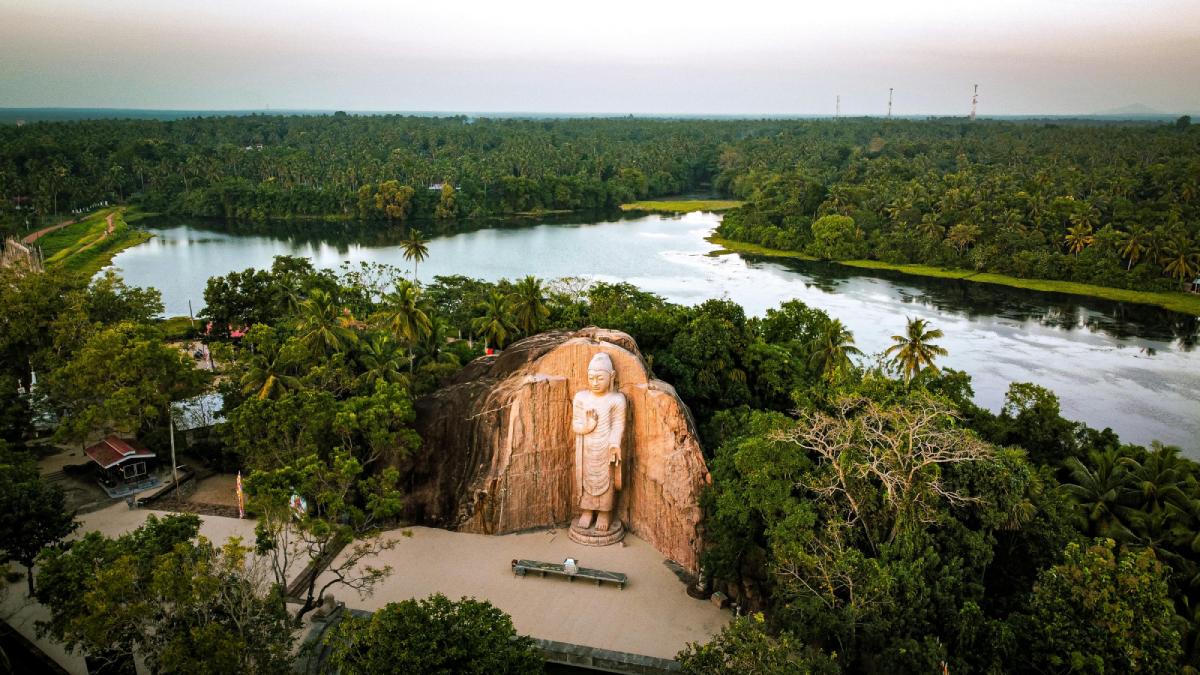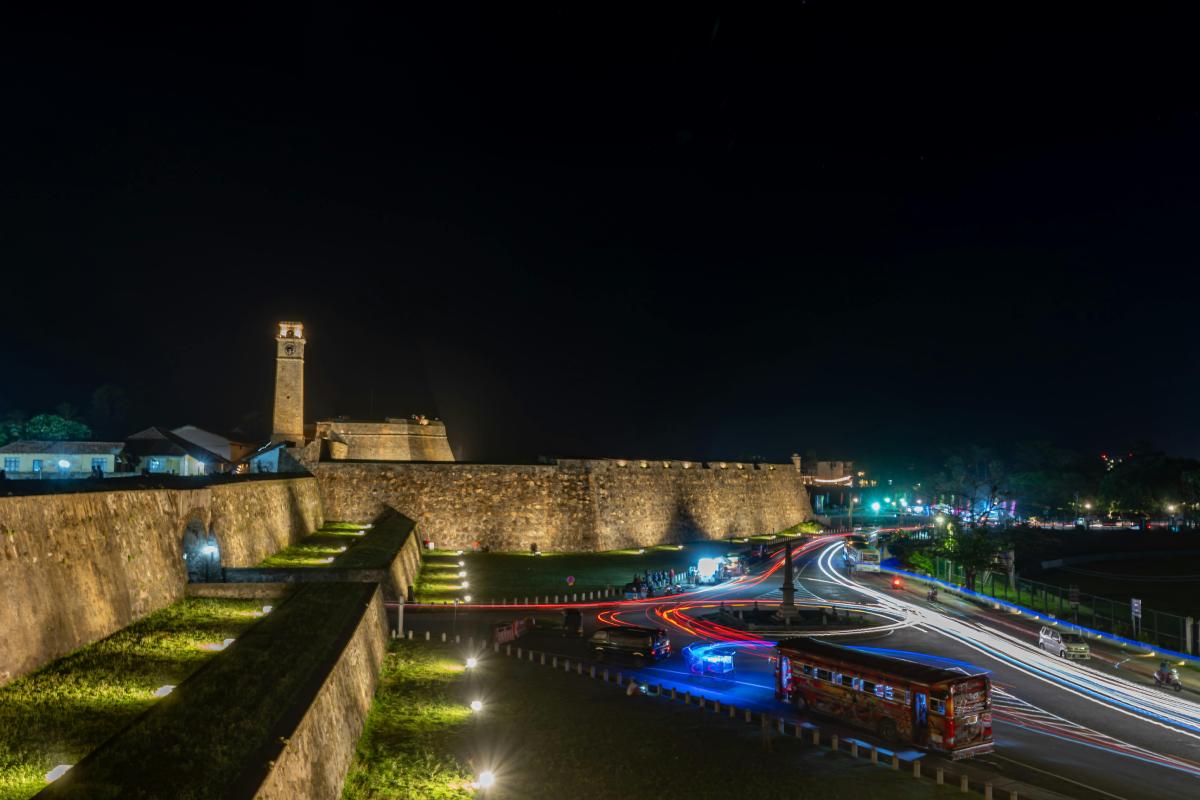Sri Lanka, the teardrop-shaped island in the Indian Ocean, offers visitors an incredible blend of ancient history, rich culture, stunning landscapes, and warm hospitality. While the tourist trail is well-established, experiencing this diverse country like a local unveils a deeper, more authentic side of Sri Lanka that many travelers miss. From navigating public transportation to discovering hidden culinary gems, this guide will help you embrace the local way of life during your Sri Lankan adventure.
How to Travel Around Sri Lanka Like a Local
Before diving into how to travel like a local, it’s important to understand some cultural aspects that will enhance your experience:
Sri Lankans are generally warm and hospitable people who value respect and courtesy. A simple gesture of joining your hands in front of your chest and saying “Ayubowan” (may you live long) as a greeting goes a long way. When visiting religious sites, modest attire covering shoulders and knees is essential, and removing shoes is customary at temples and homes.
The country has a complex history with influences from Buddhism, Hinduism, Islam, and Christianity, creating a diverse cultural tapestry. This diversity is reflected in languages too—while Sinhala and Tamil are the official languages, many Sri Lankans in tourist areas speak English, though learning a few local phrases can enhance your interactions.
Navigating Transportation Like a Local
Embracing the Trains
Sri Lanka‘s railway system, established during British colonial rule, remains one of the most authentic ways to travel like a local. The scenic routes through tea plantations, mountains, and coastal areas offer breathtaking views and genuine local experiences.
For the full local experience, opt for second or third-class tickets rather than reserved first-class seats. While less comfortable, these carriages allow you to interact with Sri Lankans going about their daily lives. The famous Kandy to Ella train journey showcases spectacular highland scenery, but try less touristy routes like Colombo to Galle or Batticaloa to truly travel like a local.
Pro tip: Arrive at the station early to secure a seat, especially for popular routes. Don’t be surprised if vendors hop on at various stops selling delicious snacks like vadai (savory fritters) or fresh fruits—this is part of the authentic experience!
Tuk-Tuks and Local Buses
Tuk-tuks (three-wheeled auto-rickshaws) are ubiquitous throughout Sri Lanka and serve as the primary mode of short-distance transportation for locals. While tourists often pay inflated prices, traveling like a local means knowing how to navigate this system:
- Always agree on a price before getting in or insist on using the meter (in cities where meters are common)
- Ask your accommodation what a fair price should be for common routes
- Learn to say “koheda yanne?” (where are you going?) and “keeyada?” (how much?) in Sinhala
Local buses provide an even more authentic experience and are incredibly cheap. Though often crowded and sometimes chaotic, they’re how most Sri Lankans travel between towns and villages. Bus routes are numbered, and destinations are displayed on the front in Sinhala, Tamil, and sometimes English. For longer journeys, consider the more comfortable long-distance buses or private services like ExpoRail.
Renting Scooters and Bicycles
In smaller towns and rural areas, renting a scooter or bicycle allows you to explore at your own pace. Places like Ella, Mirissa, and Arugam Bay are ideal for this mode of transportation. Remember to carry your international driving permit if you plan to rent a scooter, and be prepared for the somewhat chaotic local driving conditions.
Eating Like a Local
Sri Lankan cuisine is a highlight for many travelers, but touristy restaurants often serve westernized versions of local dishes. To eat like a true Sri Lankan:
Seek Out “Kades” and Street Food
Small local eateries called “kades” (shops) offer the most authentic Sri Lankan food at a fraction of tourist restaurant prices. Look for busy spots where locals are eating—this is a good sign of both quality and hygiene. These places typically offer rice and curry, kottu roti (chopped flatbread stir-fried with spices and meat or vegetables), and string hoppers (rice flour noodles).
Street food is another excellent way to experience local flavors. Try:
- Hoppers (bowl-shaped pancakes often served with an egg in the middle)
- Short eats (savory pastries filled with fish, egg, or vegetables)
- Fresh coconut water sold on roadsides
- Isso wade (spicy lentil cakes topped with prawns)
Master the “Rice and Curry”
The staple meal in Sri Lanka is “rice and curry”—a deceptively simple name for a complex meal consisting of rice served with multiple curry dishes, sambols (spicy condiments), and pickles. When ordering at local places, simply ask for “rice and curry” rather than individual dishes. Locals typically eat with their right hand, though utensils are usually available if you prefer.
Embrace Local Dining Customs
In local eateries, you might notice people washing their hands at a sink before and after eating, as traditionally Sri Lankans eat with their hands. The proper technique involves mixing the curries with rice using only your right hand (the left hand is considered unclean in many South Asian cultures).
Don’t be surprised if you’re invited to share food—Sri Lankans are incredibly hospitable and often invite visitors to join their meals, especially in rural areas. Accepting such offers provides insight into true Sri Lankan home cooking and family life.
Accommodation Choices for an Authentic Experience
While luxury resorts dot the coastline and major tourist towns, staying like a local means exploring alternative accommodation options:
Homestays and Family Guesthouses
Homestays offer the most immersive local experience, allowing you to live with Sri Lankan families, enjoy home-cooked meals, and learn about everyday life. Particularly in the Cultural Triangle, Hill Country, and less-developed coastal areas, family-run guesthouses provide comfortable accommodation while supporting local communities directly.
Many homestay hosts offer cooking classes, village tours, or agricultural experiences like tea picking or rice harvesting, deepening your understanding of local life. Websites like Airbnb, Booking.com, and specialized platforms like Homestay.com list numerous family-hosted options throughout the country.
Eco-Lodges and Community Tourism Projects
Sri Lanka has seen a rise in community-based tourism initiatives and eco-lodges that combine authentic experiences with environmental sustainability. Places like Gal Oya Lodge near Gal Oya National Park or Back of Beyond’s properties incorporate local architecture, employ community members, and offer genuine cultural exchanges.
Speaking the Language: Essential Phrases
While English is widely spoken in tourist areas, learning a few key phrases in Sinhala or Tamil will enhance your interactions and show respect for local culture:
Sinhala phrases:
- Ayubowan – Hello/Goodbye (formal greeting)
- Istuti – Thank you
- Koheda yanne? – Where are you going?
- Keeyada? – How much?
- Karunakara – Please
- Hondayi – Good
Tamil phrases (useful particularly in the north and east):
- Vanakkam – Hello
- Nandri – Thank you
- Thamarai – Please
- Evvalavu? – How much?
Exploring Beyond the Tourist Trail
Local Festivals and Events
Timing your visit to coincide with local festivals provides rare insights into Sri Lankan traditions. The Kandy Esala Perahera (July/August) is the most famous, featuring elaborate processions of decorated elephants, dancers, and drummers. However, smaller local festivals like temple pongals, harvest celebrations, or village peraheras offer more authentic experiences with fewer tourists.
Markets and Local Shopping
Skip the souvenir shops and head to local markets instead. Pettah Market in Colombo offers everything from spices to electronics in a chaotic but fascinating environment. Every town has its weekly pola (market day) where farmers bring fresh produce and villagers gather to shop and socialize.
When shopping for souvenirs, seek out workshops where you can watch artisans create traditional crafts like masks, batik textiles, or brassware. Not only will you get authentic items, but you’ll also directly support local craftspeople.
Off-the-Path Destinations
While Sigiriya, Ella, and the southern beaches are justifiably popular, consider exploring less-visited regions:
- The Northern Province, including Jaffna, offers distinct Tamil culture, cuisine, and architecture
- Knuckles Mountain Range provides stunning hiking with fewer tourists than Ella or Horton Plains
- The Eastern Coast near Arugam Bay, Batticaloa, or Trincomalee offers beautiful beaches with more authentic local experiences
- Wilpattu National Park sees fewer visitors than Yala but offers excellent wildlife viewing
Connecting with Locals
Participating in Community Activities
Look for opportunities to participate in community activities. Some guesthouses organize visits to local schools or community centers where you can volunteer briefly. Tea plantations sometimes allow visitors to join workers picking tea, and rural villages may welcome travelers to join in agricultural activities.
Cricket is the national passion—finding a local match or joining an impromptu game on the beach can lead to instant friendships and cultural exchange.
Religious Sites as Community Centers
Temples, churches, and mosques aren’t just tourist attractions but living community centers. Visiting during prayer times or festivals (while being respectful and appropriately dressed) offers insights into Sri Lankan spiritual life. Many Buddhist temples offer meditation sessions welcoming to foreigners, and some even provide accommodation for those interested in deeper spiritual experiences.
Responsible Local Travel
Traveling like a local also means respecting local norms and supporting communities:
- Choose locally-owned businesses over international chains
- Be mindful of water usage, particularly during dry seasons
- Dress modestly, especially in rural areas and religious sites
- Ask permission before photographing people
- Learn about and respect different cultural practices across regions
- Consider the environmental impact of your activities
Safety and Practicalities While Traveling Like a Local
While embracing local transportation and experiences, maintain awareness of practical considerations:
- Carry a photocopy of your passport and visa, keeping originals secure
- Get a local SIM card for easy communication and navigation
- Use ride-hailing apps like PickMe in cities for fair tuk-tuk prices
- Be aware of monsoon seasons that affect different parts of the island at different times
- Respect wildlife by maintaining distance and never feeding animals
Conclusion
Traveling Sri Lanka like a local transforms your journey from a standard tourist experience to a deeper cultural immersion. By embracing public transportation, exploring regional cuisine, staying with local families, and venturing beyond the well-trodden path, you’ll discover the authentic heart of this beautiful island nation. The connections you make with Sri Lankans, the hidden spots you discover, and the cultural insights you gain will create memories that last far longer than photographs of popular attractions.
What makes Sri Lanka truly special isn’t just its ancient cities, wildlife, or beaches—it’s the warmth of its people and the richness of everyday life. By approaching your travels with respect, curiosity, and openness to local ways, you’ll experience the genuine Sri Lanka that many visitors never see.
Submit your review | |


